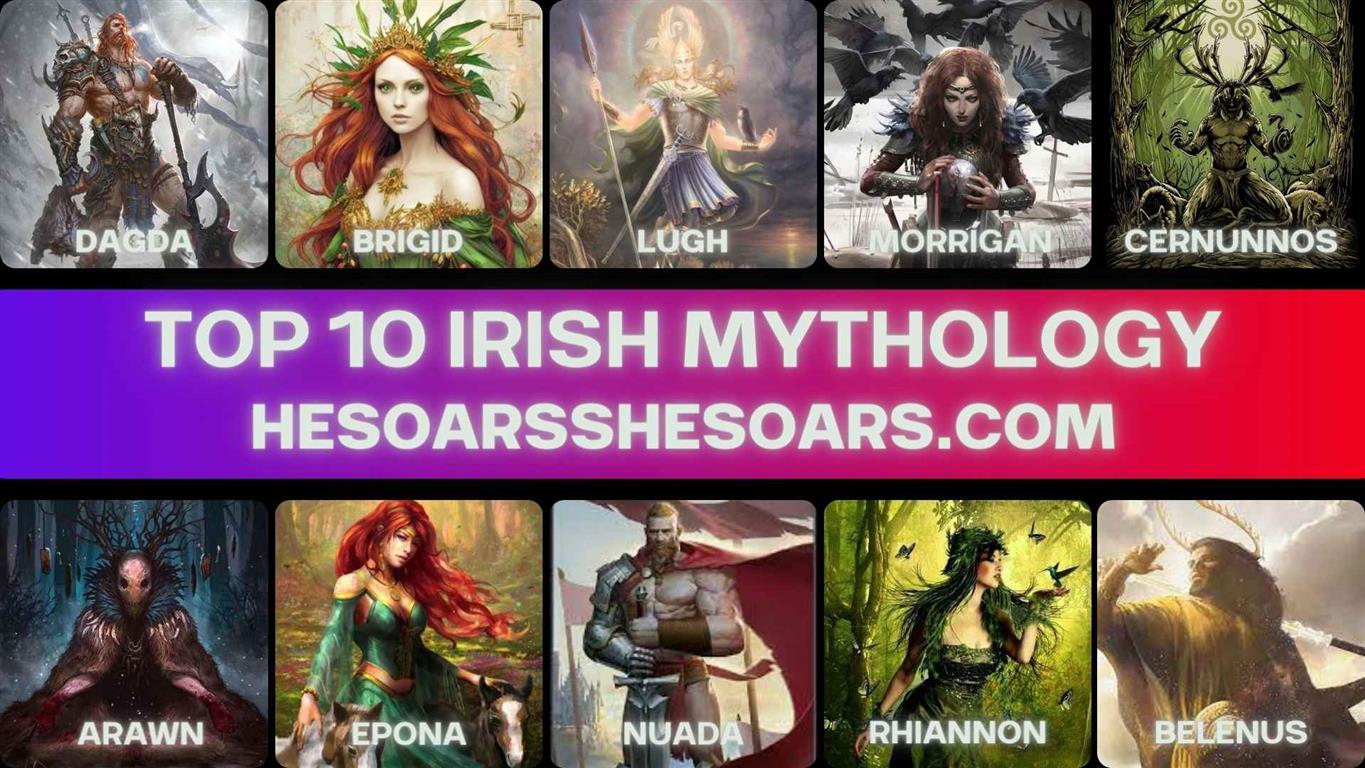Introduction Irish Mythology
Irish mythology is as enchanting and mysterious as the landscapes of the regions where these tales originated. From the verdant British Isles to the rugged coasts of Brittany, the Celts were storytellers, poets, and druids who passed down tales of powerful gods and goddesses. Let’s delve into the pantheon and meet the top 10 gods of Irish mythology:
1. The Dagda: The Protector God Irish Mythology
A central figure in Irish mythology, The Dagda is a father figure and a protector. He wields a club that can both kill and bring the dead back to life. He also possesses a cauldron that never runs empty, symbolizing abundance and fertility.
2. Brigid: Goddess of Healing, Poetry, and Smithing
Brigid’s versatility marks her importance in the Irish pantheon.But Many historians believe the Christian St. Brigid was influenced by this goddess, leading to a unique blend of pagan and Christian reverence in Ireland.
3. Lugh: The Shining One Irish Mythology
Often compared to the Roman god Mercury, Lugh was known for his skill in many arts and crafts. Lughnasadh, a festival still celebrated today, is in honor of Lugh, marking the beginning of the harvest season.
4. Morrígan: The Phantom Queen
A triad of war goddesses, Morrígan is known for her ability to shape-shift into a crow, a symbol associated with war and death.while She played pivotal roles in many battles, including the legendary Táin Bó Cúailnge.
5. Cernunnos: The Horned God
But Frequently depicted with stag antlers, Cernunnos is the god of nature, animals, and fertility.
6. Arawn: Lord of the Otherworld
A deity from Welsh mythology, Arawn ruled Annwn, the Irish Otherworld. With his pack of supernatural hounds, But he was a pivotal figure in the Mabinogi tales and closely associated with the mysteries of life, death, and rebirth.
7. Epona: Goddess of Horses
Epona’s influence was so vast that even the Romans adopted her into their pantheon. As protector of horses, she was essential to the Celts, for whom these animals played a crucial role in warfare and transportation.
8. Nuada: Silver Hand
But The first king of the Tuatha Dé Danann, Nuada lost his arm in battle. Though he was no longer “perfect,” his wisdom and leadership remained unchallenged.
9. Rhiannon: Great Queen
A major figure in the Mabinogi tales, Rhiannon endured great tragedy and wrongful accusations but remained a symbol of grace, beauty, and resilience. With her association with birds and enchanting songs, she bridges the worlds of reality and magic.
10. Belenus: Shining God
A sun god worshiped primarily in Gaul and the British Isles, Belenus brought warmth and light to his believers. Bonfires in his honor, particularly during the Beltane festival, were believed to protect and cleanse communities.
Conclusion Irish Mythology
The gods and goddesses of Irish mythology represent a broad range of natural and supernatural phenomena, reflecting the Celts’ deep connection to their environment and their insights into human nature. These figures have left an indelible mark on Western culture, influencing art, literature, and even modern neopagan practices. Their tales, a blend of valor, tragedy, and romance, continue to captivate and inspire, proving that ancient myths can indeed transcend time.

